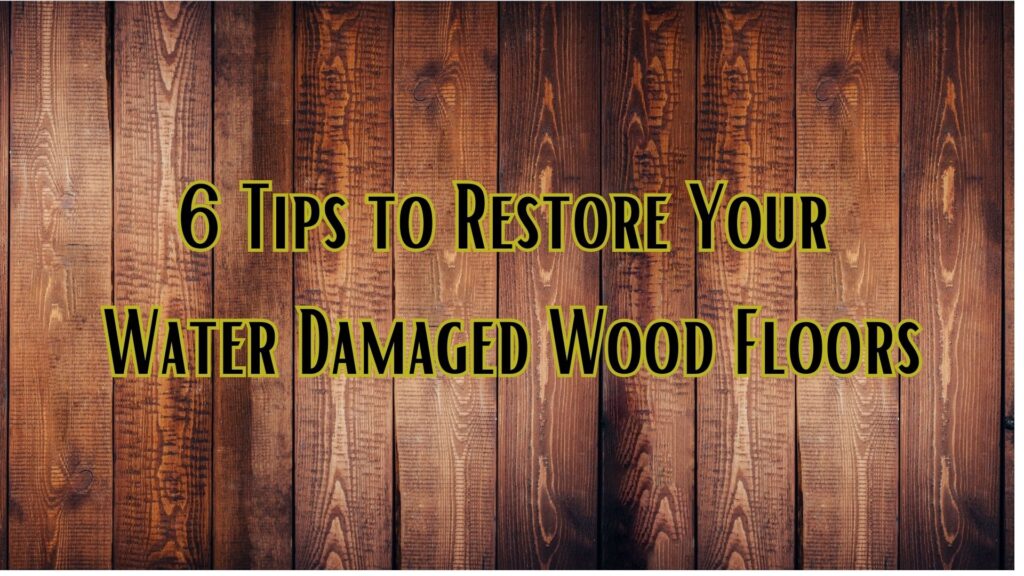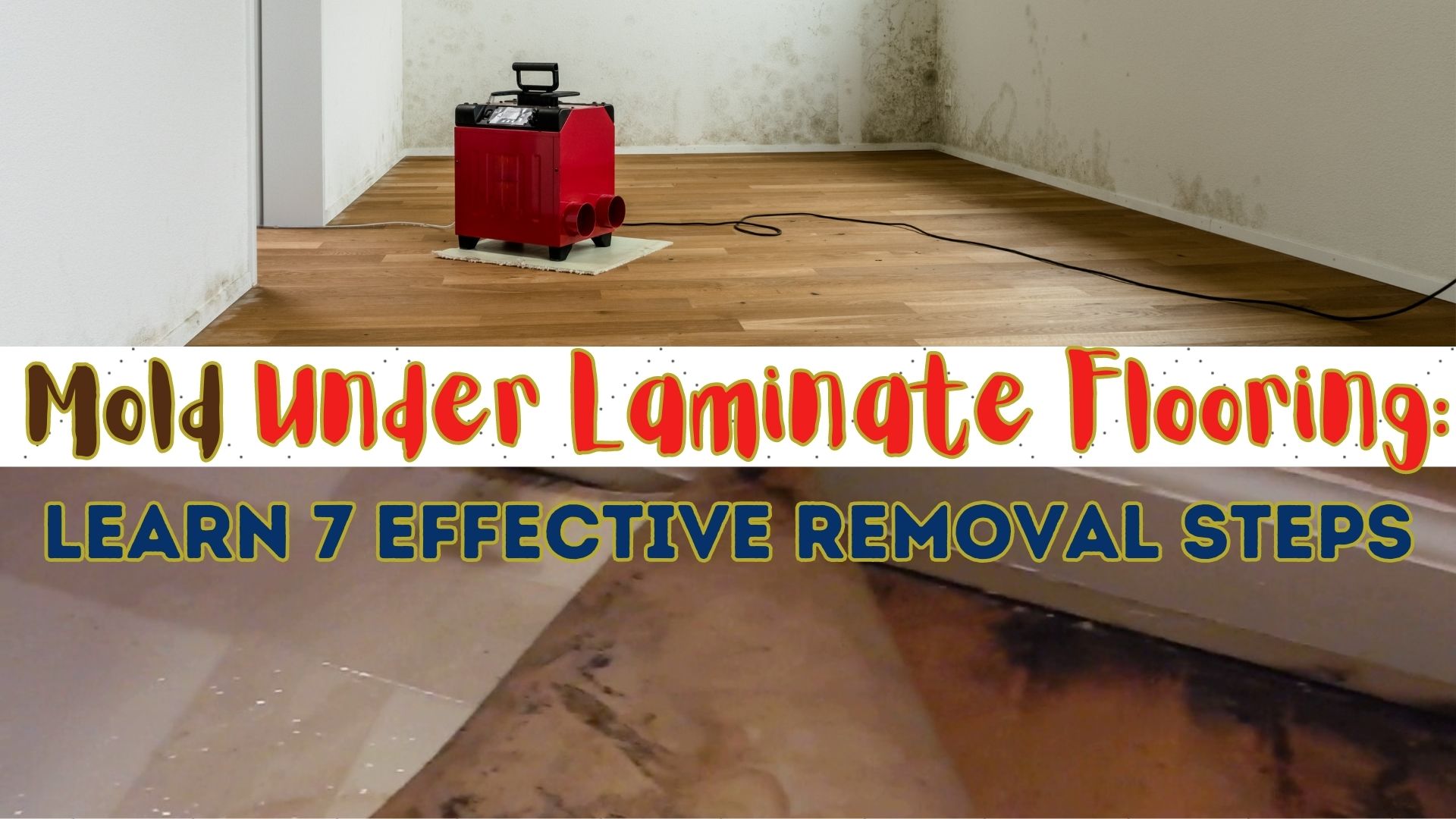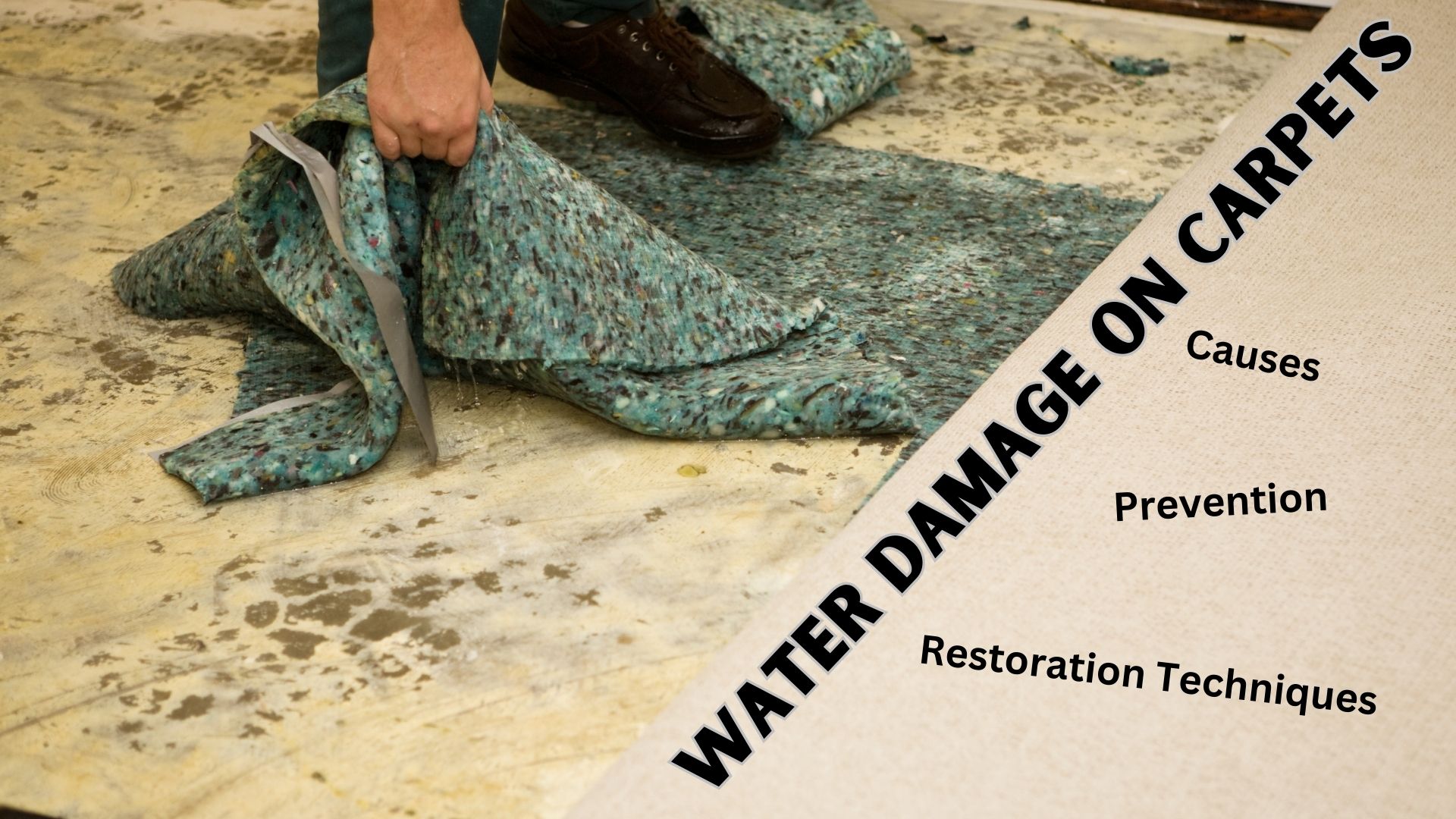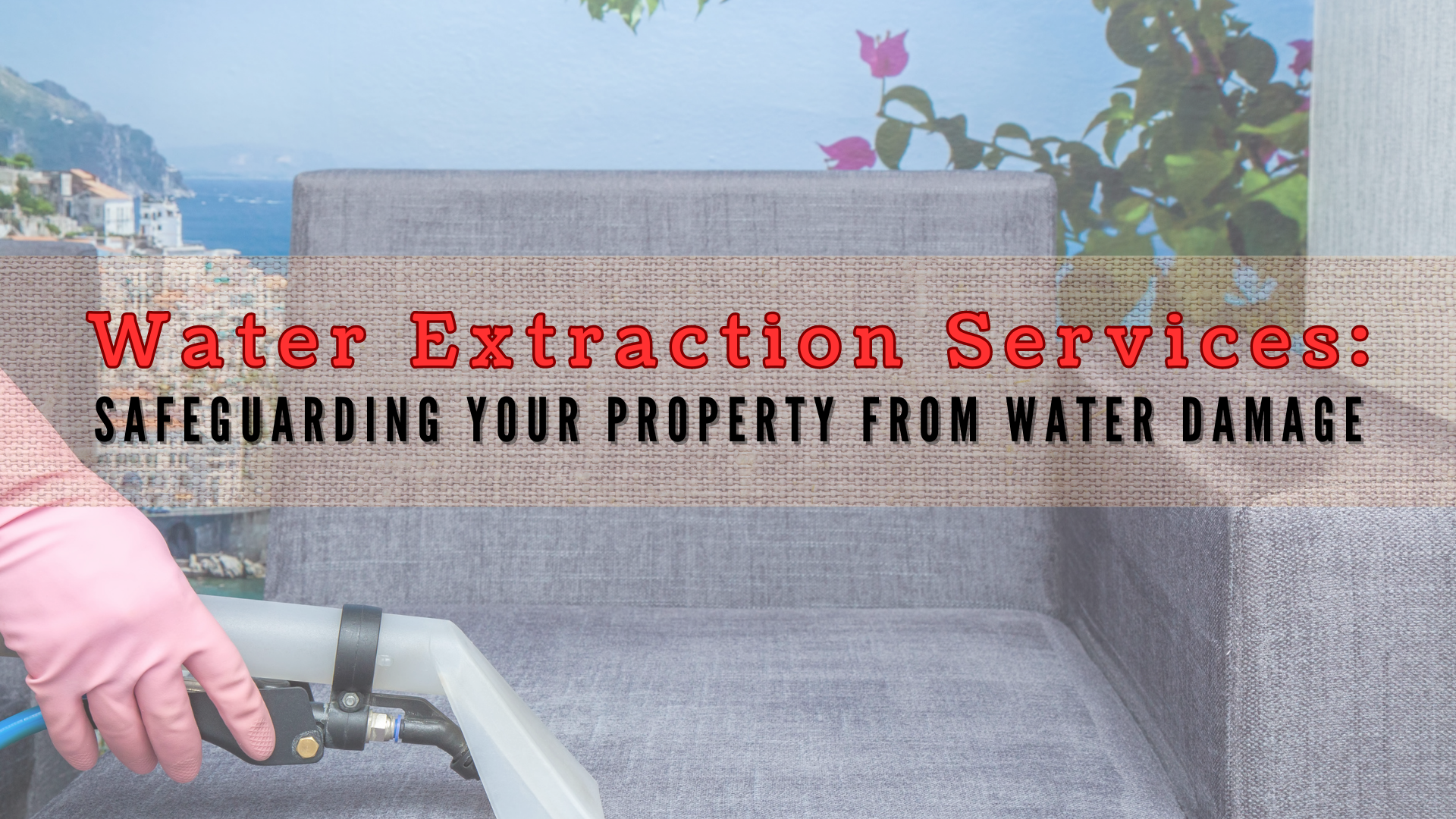
Water damaged floors can be a frustrating and costly issue for homeowners, especially when it comes to wood floors. Whether it’s due to a burst pipe, heavy rain, or a leaking appliance, excess water on a wood floor can cause significant damage and potentially lead to mold growth. In this article, we’ll explore the types of water damage, how to prevent and restore water damaged wood floors, and when it’s time to replace the floor.
Water Damaged Wood Floor
Water-damaged wood flooring can cause the wood to sag, making it warped and not even. You can easily notice even hardwood floor water damage due to cupping and curving of the floorboards creating raised bumpy appearance.
The longer your wood floor is left untreated, the bigger damage it will have. The damage is irreversible and may require a full restoration, even changing the affected areas of flooring. Water and wood never mix so it is very important to act fast and deal with it as soon as possible to salvage wood and prevent mold growth, and further damage.
Types of Water Damage
Not all water damage is the same. Clean water damage refers to water that comes from a clean source, such as a burst pipe or a supply line. This type of water damage is generally easier to clean up and has a lower risk of mold growth.
Greywater damage is water that comes from sources like washing machines, dishwashers, or sinks. This water may contain contaminants like dirt or soap and can cause damage to the wood floor if not cleaned up promptly.
Blackwater damage refers to water that comes from sources like sewage backups or floods. This type of water damage is the most dangerous and requires professional help to clean up.
Prevention: Water Damaged Wood Floor
The best way to deal with water damage is to prevent it from happening in the first place. Here are some tips to prevent water damage on your wood floor:
- Clean up spills and leaks immediately
- Use mats or rugs in high-traffic areas
- Check appliances and plumbing regularly for leaks
- Keep moisture levels in your home below 60%
- Avoid using excessive water when cleaning your floors
Replacing the Floor
In some cases, water damage may be too severe to repair, and the floor will need to be replaced. Engineered hardwood floors may be able to withstand water damage better than solid hardwood floors. However, if the water has been sitting for a long period or there is significant damage, it may be necessary to replace the entire floor.
Act Fast to Prevent Damage
Water damaged wood floors can be a headache for homeowners, but with quick action and the right approach, it’s possible to minimize the damage and prevent further issues like mold growth. Remember to act fast, remove the water, dry the floor, and check the moisture content. With a little effort, you can restore your damaged hardwood floors and prevent future water damage.
How to Restore Your Water Damaged Wood Floor
Excess moisture can damage your hardwood floors because the material is naturally porous. So you have to begin cleaning and drying the affected areas as soon as possible.
1. Identify and stop the source of water before drying anything out.
Check for leaks or burst pipes that could be the cause of water damage to your wood floor. Then, repair the damage before cleaning up.
2. Move all furniture out of water-damaged areas
To hasten the drying process, move all the affected materials into a dry and safe place. Open doors and windows to increase air circulation if it is not too cold outside.
3. Use a large wet vacuum to extract water from the floor and do this twice.
This is to prevent buckling wood floors and warped boards from becoming loose due to moisture.
4. Gently scrub the floor to remove dirt, grease, and oily compounds that can damage the hardwood floor’s finish.
Use a non-lathery detergent that is specially formulated for cleaning and disinfecting wood floors.
5. Completely dry the area
It will take at least 24 hours to complete the drying process of hardwood floors. Put as many fans as you can so they can create multiple cross-currents of air. Moreover, run a dehumidifier as well and it should be in the center of the room. Others may dry out completely for several days. A moisture meter will check to ensure that the floors are completely dried.
6. Use a moisture meter to check the wood flooring every day.
Preventing mold after extensive water damage to your home is crucial. With a moisture meter, you can check the condition of your flooring. Look for signs of mold or mildew and scrub with a mixture of water and baking soda.
You can’t always save a laminate floor
Laminate flooring is constructed with a fiber core which makes the material absorb water and swell easily. In addition, ensure that the subflooring is totally clean and dry. Any replacement flooring will continue to absorb moisture and lead to extensive damage.
For Water Damaged Wood Floors: Get Help From Our Professionals at Superior Restoration
Wooden floors can be saved from water damage once addressed immediately. If there is a small amount of water damage to your wood floor, you may be able to treat it without the help of the experts. Nevertheless, if there is excess water that leads to significant water damage, then it is time to seek help from trained professionals.
It can be very expensive to repair water damaged wood floors so hiring a restoration specialist can save the expense of changing your floors. The experienced restoration contractor from Superior Restoration can help you with the claims process of your insurance company since it covers most water damage.
If you are not sure how to deal with your wood floor water damage, please contact the experts at Water Damage Murrieta. We offer 24/7 water damage repair and restoration services.




